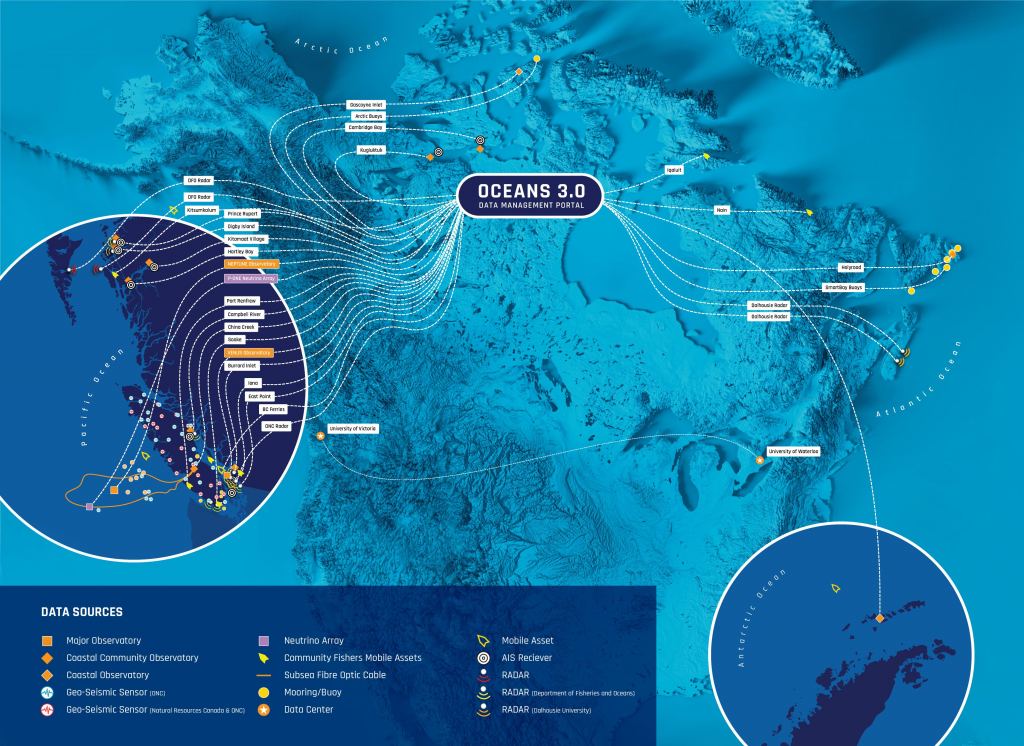On May 10th, 2024, people across North America were treated to a rare celestial event: an aurora visible from the Eastern Seabord to the Southern United States. This particular sighting of the Northern Lights (aka. Aurora Borealis) coincided with themost extreme geomagnetic storm since 2003 and the 27th strongest solar flare ever recorded. This led to the dazzling display that was visible to residents all across North America but was also detected by some of Ocean Networks Canada 's (ONC) undersea sensors at depths of almost three kilometers.
ONC, an initiative of the University of Victoria supported by the Government of Canada, is one of the country's major research facilities. Its network includes cabled observatories along the Pacific, Atlantic, and Arctic coasts of Canada and the Southern Ocean. that supply continuous power and internet to scientific instruments, cameras, and over 12,000 ocean sensors. According to a statement released on May 15th, ONC instrument platforms on Canada's west and east coasts recorded the temporary distortion of Earth's magnetic field at depths up to 2.7 km (1.68 mi) under the ocean.
The disturbances triggered the movement of compasses, which the ONC uses to orient its Acoustic Doppler Current Profilers (ADCP) instruments that measure ocean currents. The most significant magnetic shift was detected by the ONC NEPTUNE cabled observatory off the coast of Vancouver Island. A compass belonging to this observatory, at a depth of 25 meters (82 ft) at the Folger Passage site, shifted within a range of +30 to -30 degrees. These magnetic disturbances were discovered during data quality control checks, which the ONC routinely performs to ensure their sensors work.
ONC data specialist Alex Slonimer was completing a daily check on the Ocean 3.0 Data Portal in late March when he first noticed the anomaly. Last week's much larger solar storm reinforced the observation. Slonimer noticed that the peaks in compass headings were closely correlated to the peaks in the visible activity in the aurora. "I looked into whether it was potentially an earthquake, but that didn't make a lot of sense because the changes in the data were lasting for too long and concurrently at different locations," said Slonimer in a UVic News release. "Then, I looked into whether it was a solar flare as the sun has been active recently."
Professor Justin Albert of UVic's Department of Physics and Astronomy welcomes this news and sees great potential for subsea detection of solar storms:
"The next two years will be the peak of the 11-year solar cycle. After a decade of relative inactivity, aurora events like this past weekend are likely to become more frequent over the next couple of years, although solar variability makes precise prediction of such events impossible. ONC's network might provide a very helpful additional window into the effects of solar activity on the Earth's terrestrial magnetism."
Further Reading: UVIC
 Universe Today
Universe Today

